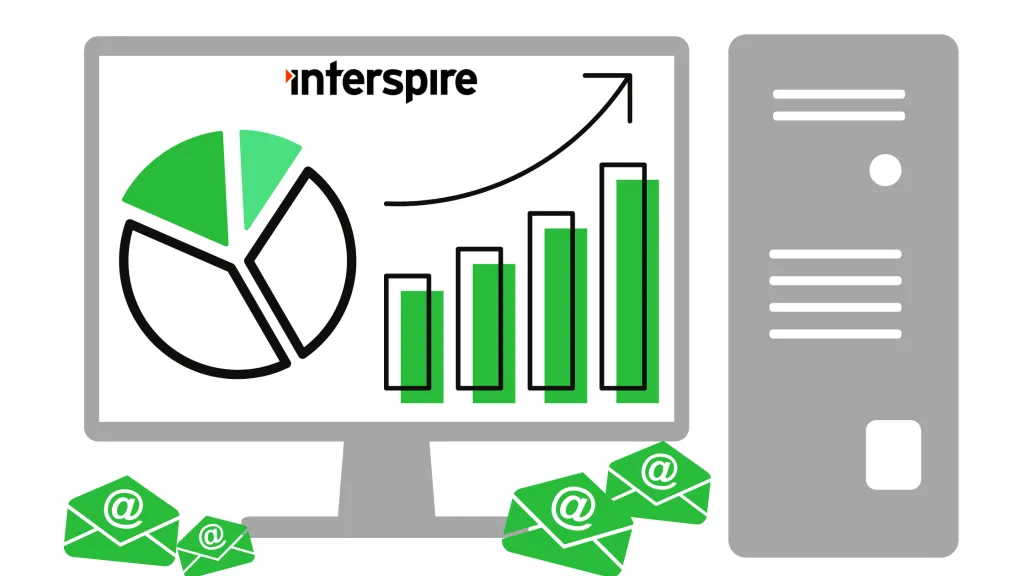In the ever-changing world of email marketing, where large email providers like Microsoft, Apple, and Gmail, along with the plethora of email security scanners from Barracuda, Symantec, and others, a new challenge has emerged – the relentless clicking of every link within incoming emails. While this issue is not entirely new, it has become increasingly prevalent.
Although important in the realm of email security, the rise of robots that click on all links in a mailing has brought about some unintended consequences.
The v8 series of Interspire Email Marketer recognized this growing problem and underwent a series of rapid iterations to address and mitigate the impact of bot clicks across three critical areas:
- The Double Opt-in Process
- The Unsubscribe Process
- The Click Statistics
In this article, we will look into the updates made within Interspire Email Marketer to mitigate the impact of click robots to the user experience and attempt to provide better data accuracy.
Additionally, we will hint at a forthcoming article where we will take a deeper dive into the world of automated robot clicks in emails, its broader implications, and its influence in the approach we have implemented.
Double Opt-in
Double opt-in is a widely used method in email marketing to ensure the legitimacy and consent of subscribers. It is actually required in many jurisdictions.
Traditionally, Interspire’s double-opt-in process was as follows: When a user signs up for an email newsletter or subscription, they would receive a confirmation email with a link to click on. This click was considered sufficient to confirm their intent to subscribe.
If a mail robot clicked it, the subscriber was subscribed, resulting in the subscriber receiving a message when they eventually clicked on the link, indicating that they were already confirmed. This did not provide the best user experience.
Merely clicking on the link is no longer sufficient for the confirmation process.
In the new double opt-in flow, when users click on the confirmation link in the email, they are redirected to a “Confirm Subscription” page that presents them with a form. This form requires users to actively acknowledge their subscription and confirm their intent once again.
While this form will deter some robots, it may not deter all, as some robots may follow the page and click. In such cases, the usual spam bot mitigation techniques, such as Captchas and similar methods, can be implemented to confirm that the interaction is with a real user.
Following the confirmation click on the page, users will be directed to a final thank you page acknowledging their subscription.
Unsubscription Requests
Much like with confirmation links, unsubscription requests were facing a similar problem, resulting sometimes in unintended subscriptions from some times over aggressive robots.
All requests to unsubscribe now go to a confirmation page. This new flow allows users to easily confirm their decision.
For members subscribed to multiple lists, the option to manage preferences remains unchanged, offering them the same level of control over their subscription preferences as before.
In addition to this, we have also implemented the one-click unsubscribe process as defined in RFC 8058. This feature offers users a convenient way to unsubscribe with a single click as presented by the Mail User Agent. This does not replace the need to have a prominent unsubscribe option in the mailing itself.
Click Statistics
Click statistics, an integral component of email marketing analytics, are proving to be the most intricate to tackle. Addressing this in the v8 series of Interspire Email Marketer, the focus has been on refining these statistics amidst the complexity of bot interference.
While click rates have been a relatively dependable metric in the past, the rise of bots clicking every link has led to skewed data, falsely inflating email engagement metrics. This distortion makes it difficult to rely on click data for accurate campaign analysis. Additionally, clicks should not be relied on anymore to trigger automations, or used without some bot click filters in down stream systems for activities such as lead scoring.
Interspire has long included mechanisms for identifying unique clicks, but this situation demanded a somewhat expanded solution. Various strategies exist for identifying and mitigating bot clicks, each with its own advantages and limitations with none of them being foolproof. This article does not aim to deep dive into them, we explore those in “Decoding Automated Email Clicks: Why Robots are Clicking on Your Email Links and How to Respond“.
Of the potential bot activity detection strategies available, we have chosen to introduces a specific windowing mechanism for their detection. It strikes a balance between complexity and the tuning possibility for the users of the platform. It is being constructed in a way that additional plugins or rules for robot click detection can be deployed as needed.
If bot detection is turned on, suspected bot clicks will be highlighted in the detailed statistics, helping in better data interpretation and visibility. We believe this approach represents a thoughtful way to the complex issue of bot clicks in email marketing.
Conclusion
The latest iterations Interspire Email Marketer have introduced many updates to address the challenges presented by automated bot clicks in email marketing. This article looked into the specific enhancements made to improve user experience and improve click data accuracy and visibility.
These updates are part of our ongoing efforts to adapt to the evolving landscape of email marketing, ensuring that our users have access to the most effective tools and features to reach their audience.


